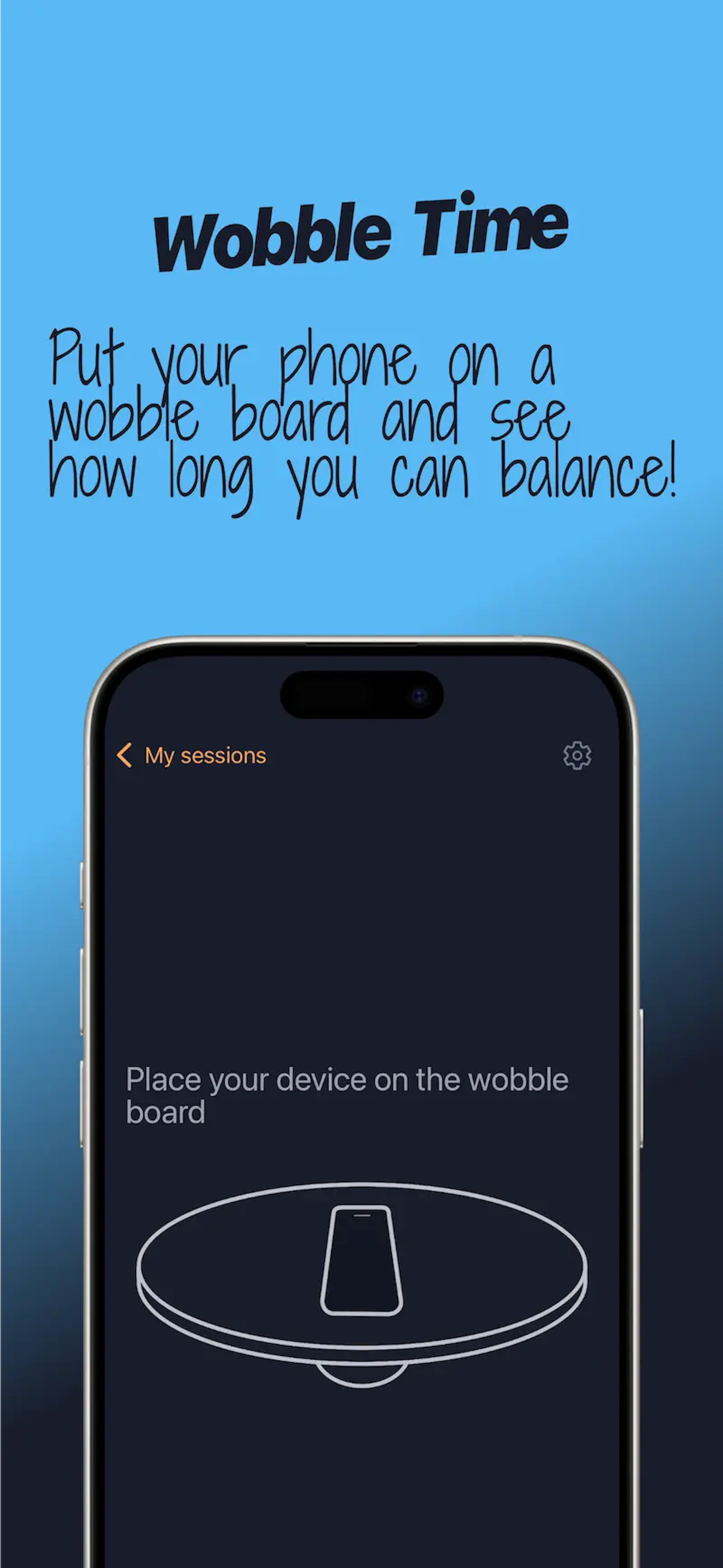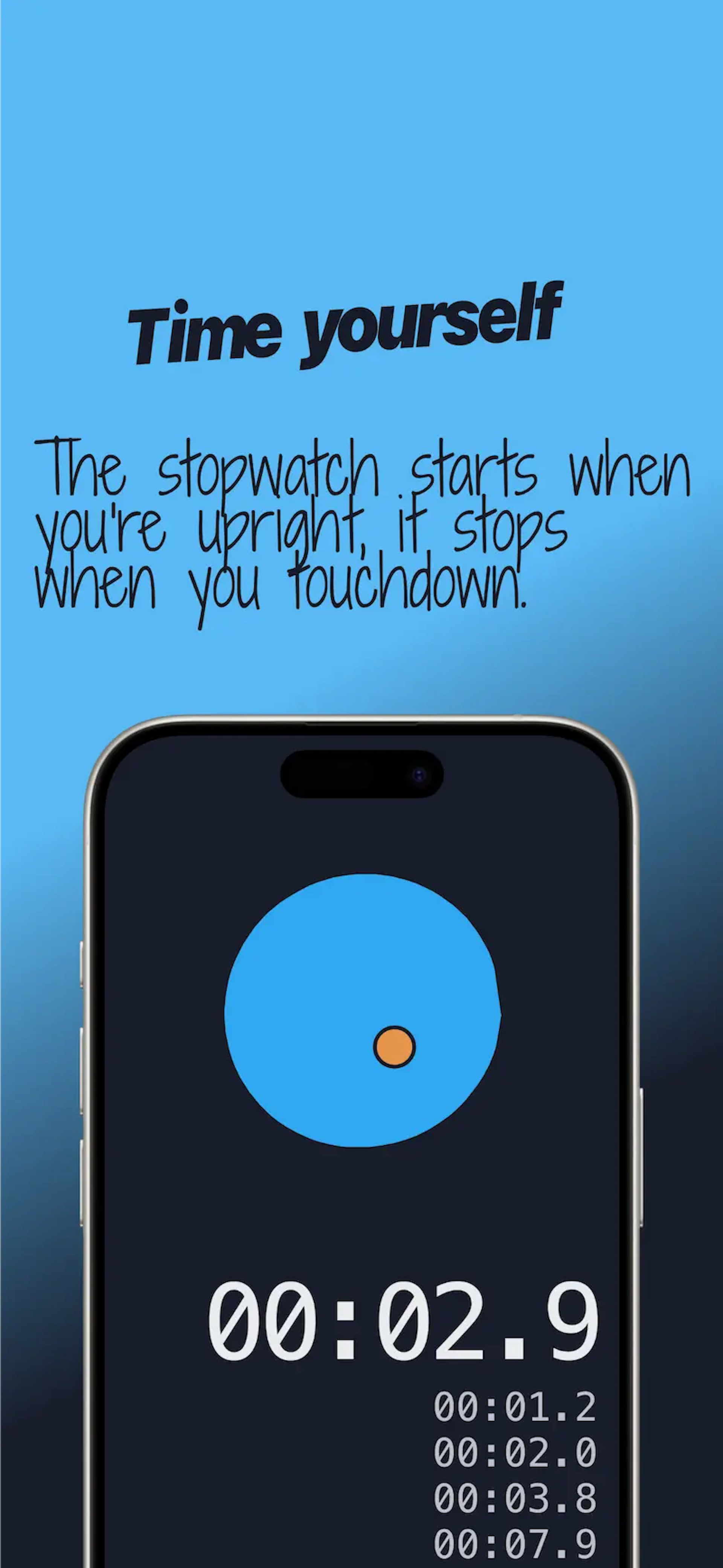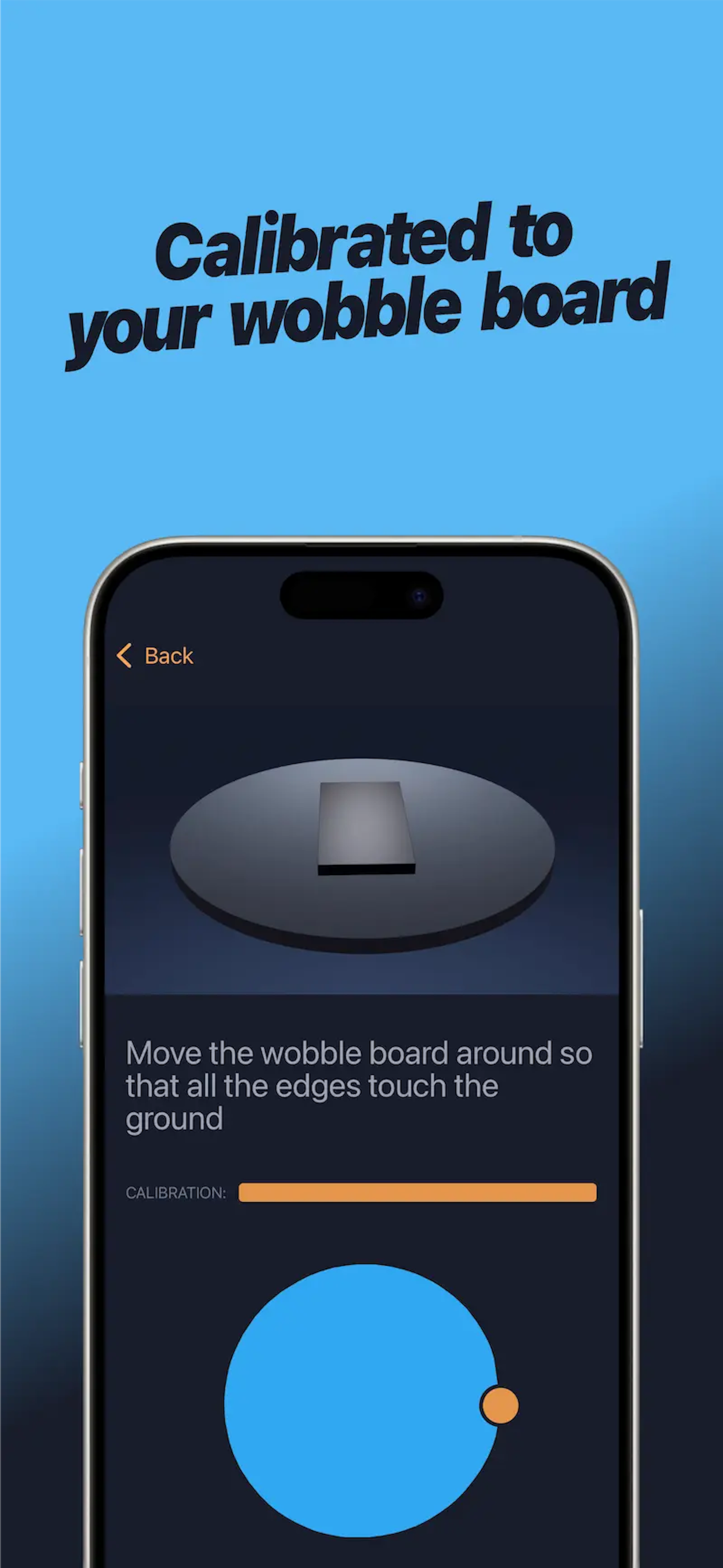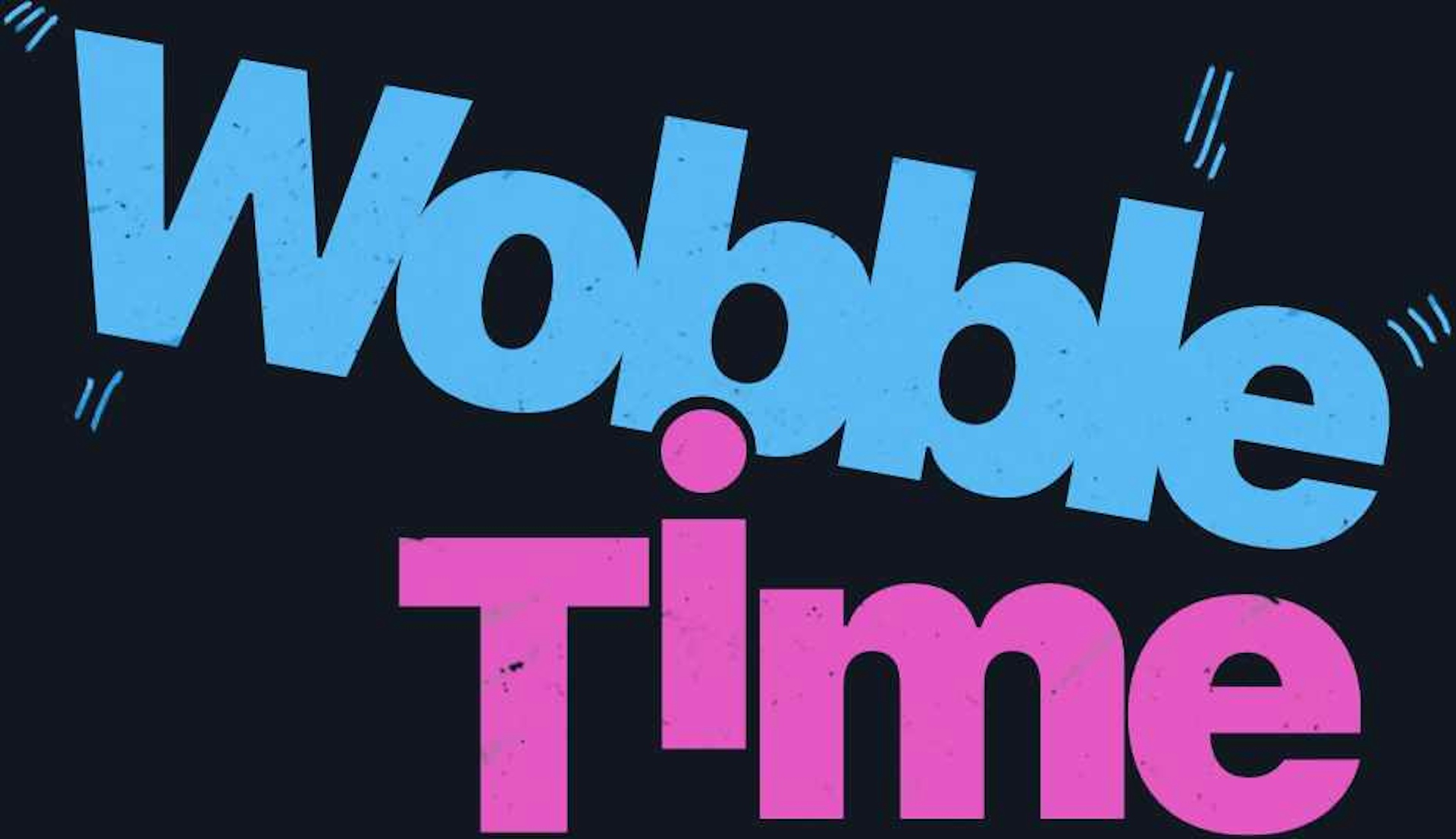The ultimate balance tool, right at your fingertips!
Elevate your stability and make rehabilitation a blast with this innovative mobile app.
🤸♂️ Balance Tracking Made Fun: Challenge yourself to stay upright, the app accurately measures the duration of your balance. It's not just a game; it's a dynamic way to track and enhance your stability over time.



🩹 Revolutionize Rehabilitation: Say goodbye to dull and repetitive rehabilitation exercises! Wobble Time injects excitement into the recovery process, making ankle rehabilitation and physio after injuries an engaging and enjoyable experience. Turn your healing into a playful challenge.
🌐 Accessible Anytime, Anywhere: Whether you're at home, at the gym, or outdoors, Wobble Time requires no internet connection and is always ready to join your balance adventure.
Embark on a wobble-filled odyssey with Wobble Time – where fun meets fitness, and balance becomes a thrilling achievement. Download now and experience the joy of wobbling your way to better stability!
Wobble Boarding tips
You have to put time-in-the saddle to improve your balance, so don't be disheartened if you're struggling to balance a wobble board – they are tricky. Having said that, try some of the following suggestions and see if they work for you:
- Focus your gaze on something a few meters away from you. This will help your brain detect small movements in space.
- Don't wear shoes! You need to be able to apply force with each toe, the sides of your feet and your heels. Shoes only absorb this force and make it harder to balance. Make full use of your toes when you are balancing, really dig them into the board when you need to counter-balance.
- Stand up fairly straight, without too much of a bend in the knees. This will keep your center of gravity over the pivot point.
- Your arms can be used as a counter balance, but try to only use them when necessary, preferring to keep them by your side as much as possible. Slow movements with the arms are generally better than fast movements.
- Try slightly different positions on the board to find your sweet spot. For example, if you keep falling back, then you may just need to place your feet a few mm forward. Try splaying your feet outwards slightly, rather than having them pointing dead straight.
- Don't look at your feet, look forward instead.
